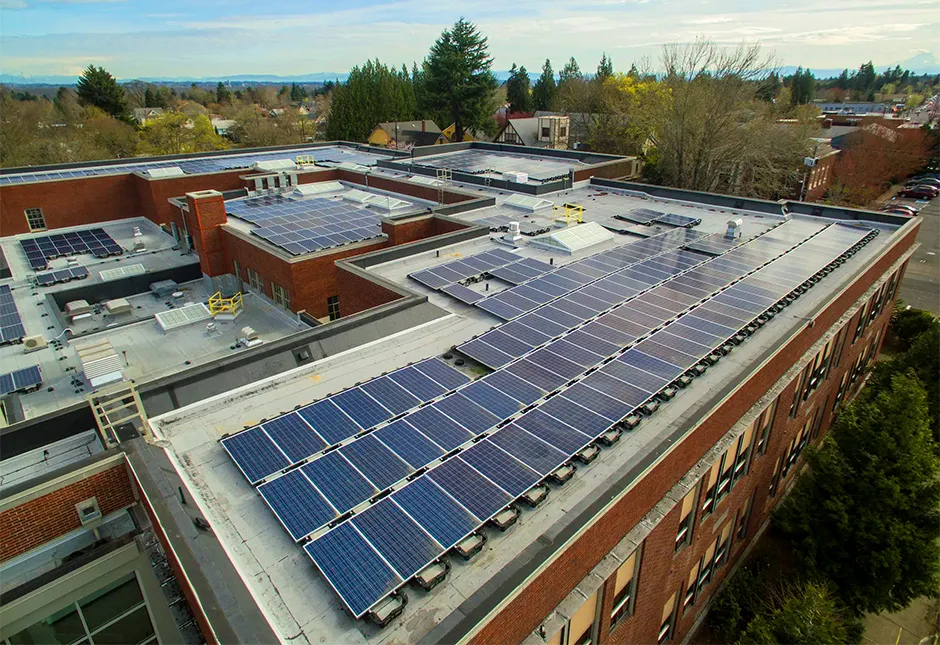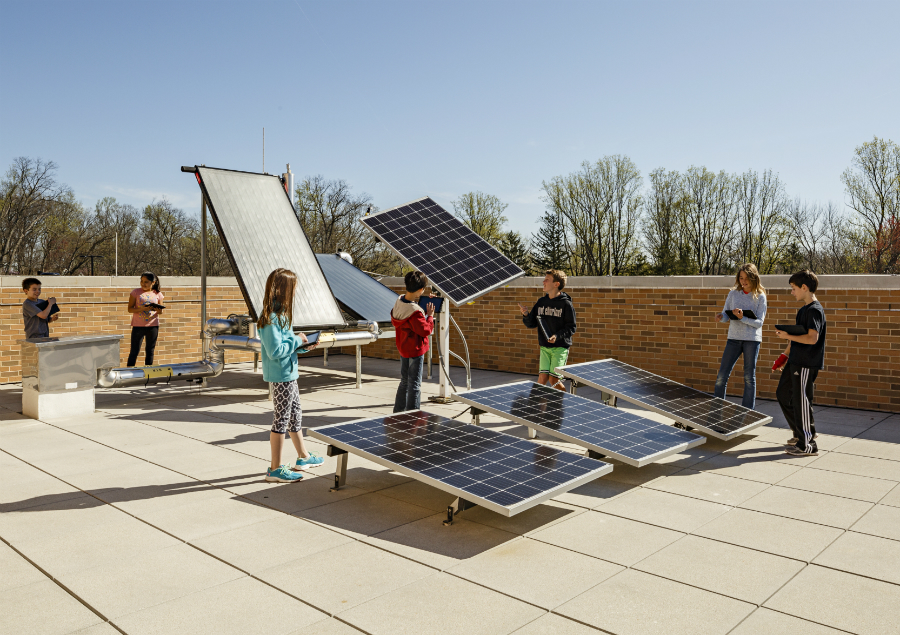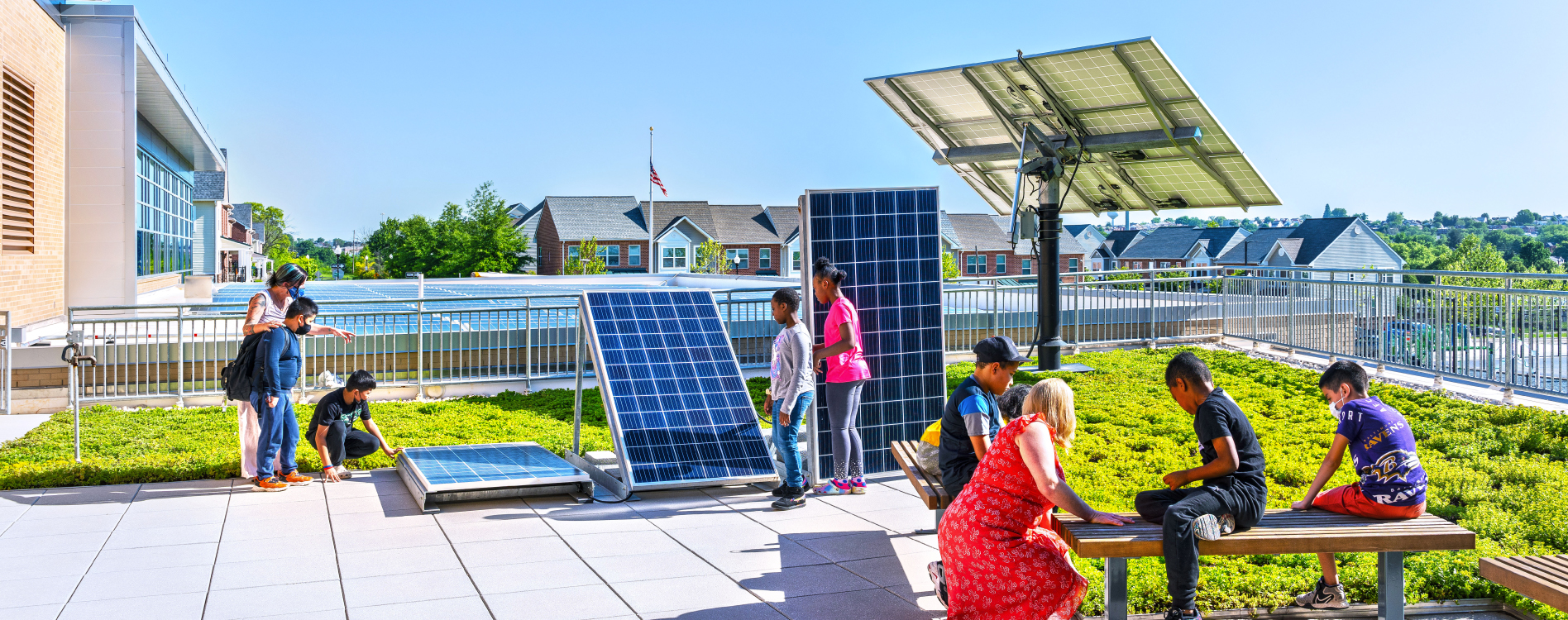
Introduction
Solar energy is a rapidly growing field that holds immense potential for addressing the world’s energy needs in a sustainable manner. As the demand for renewable energy sources continues to rise, it is essential that educational institutions play a vital role in preparing future generations to embrace solar energy. This article explores the importance of integrating solar energy curriculum in schools and universities, and its relevance in shaping a sustainable future.
Historical Background
Solar energy utilization dates back thousands of years, with ancient civilizations harnessing the power of the sun for heating and lighting purposes. However, it was not until the 19th century that significant advancements were made in solar energy technologies. The evolution of solar energy education in schools and universities has been a gradual process, driven by the growing awareness of the need for sustainable energy sources.
Key Concepts and Definitions
Solar energy is the radiant energy emitted by the sun, which can be converted into usable electricity or heat. Key terms and concepts related to solar energy curriculum include:
- Photovoltaics: The conversion of sunlight into electricity using solar cells.
- Solar thermal energy: The utilization of solar radiation to generate heat for various applications.
- Renewable energy: Energy derived from sources that are naturally replenished, such as solar, wind, and hydroelectric power.
- Sustainability: The practice of meeting present needs without compromising the ability of future generations to meet their own needs.
- Energy efficiency: The ability to accomplish a specific task with minimal energy consumption.

Main Discussion Points
Integrating solar energy into the curriculum offers numerous benefits. It enhances students’ understanding of renewable energy sources, fosters critical thinking and problem-solving skills, and promotes environmental awareness. Furthermore, integrating solar energy education into science, technology, engineering, and mathematics (STEM) subjects provides students with practical applications of their theoretical knowledge. Adopting cross-disciplinary approaches enables students to see the interconnectedness of different subjects and encourages holistic learning.
Teaching methods and resources play a crucial role in delivering effective solar energy education. Hands-on activities and experiments allow students to experience the practical aspects of solar energy, deepening their understanding and engagement. Solar energy kits and equipment provide valuable tools for conducting experiments and building solar-powered devices. Field trips and educational programs to solar energy installations offer real-world experiences and inspire students to explore further.
The impact of solar energy education goes beyond immediate academic benefits. It helps develop a sustainable mindset among students, equipping them with the knowledge and skills to contribute to a greener future. By encouraging critical thinking and problem-solving skills, solar energy curriculum empowers students to tackle complex environmental challenges. It also promotes environmental awareness and activism, inspiring students to become advocates for renewable energy adoption in their communities.
Case Studies or Examples
The implementation of solar energy curriculum in specific schools or universities has yielded promising results. For example, one high school incorporated solar energy education into their science curriculum, resulting in increased student engagement and improved understanding of renewable energy concepts. The school also initiated a solar panel installation project, allowing students to witness the practical application of solar energy.
Success stories of schools and universities adopting solar energy curriculum abound. One university embraced solar energy education across multiple departments, fostering interdisciplinary collaboration and research opportunities. The university’s commitment to renewable energy education has attracted students passionate about sustainability and has positioned them as a leader in solar energy research and innovation.
Student projects and initiatives related to solar energy have demonstrated the impact of hands-on learning. From designing solar-powered irrigation systems for local communities to organizing awareness campaigns for renewable energy adoption, students have showcased their creativity and dedication to a sustainable future through solar energy projects.

Current Trends or Developments
Recent research findings highlight the effectiveness of solar energy education in enhancing students’ understanding and engagement. Studies have shown that hands-on learning experiences and interdisciplinary approaches result in better knowledge retention and application.
Innovative teaching approaches and technologies are revolutionizing solar energy education. Virtual reality simulations and online platforms provide immersive learning experiences, enabling students to explore solar energy concepts in a virtual environment. Additionally, partnerships between educational institutions and solar energy companies facilitate access to cutting-edge technologies and expertise, enriching the learning experience.
Challenges or Controversies
Resistance to incorporating solar energy curriculum may stem from various factors, including skepticism about the viability of renewable energy sources and perceived costs associated with implementation. Overcoming these challenges requires effective communication and demonstration of the long-term benefits of solar energy education.
Limited funding and resources pose a significant hurdle to implementing comprehensive solar energy curriculum. Educational institutions may need to seek partnerships with local businesses, government initiatives, or apply for grants to secure the necessary funding for equipment, training, and infrastructure.
Controversies surrounding the adoption of renewable energy sources can influence the integration of solar energy curriculum. Public debates about the economic feasibility and environmental impacts of solar energy may impact policy decisions and educational priorities.

Future Outlook
The potential for growth and expansion of solar energy education is immense. As solar energy becomes increasingly cost-effective and accessible, educational institutions are likely to incorporate it into their curricula at various levels. This growth will empower students to become knowledgeable, skilled, and proactive participants in the transition to a renewable energy future.
Solar energy plays a crucial role in addressing climate change and promoting sustainability. By educating students about solar energy, educational institutions contribute to building a greener and more resilient future. As solar energy technology continues to advance, its impact on education will evolve, offering new opportunities for research, innovation, and collaboration.
Advancements in solar energy technology, such as improved efficiency and storage capabilities, will have a profound impact on solar energy education. These advancements will enable educational institutions to explore new possibilities and develop more comprehensive and practical solar energy curricula.
Conclusion
In conclusion, integrating solar energy curriculum into schools and universities is crucial for equipping students with the knowledge, skills, and mindset necessary to embrace and contribute to a sustainable future. By incorporating solar energy education, institutions empower students to become critical thinkers, problem solvers, and environmental advocates. The significance of solar energy curriculum cannot be overstated in addressing the global energy challenge and fostering a greener world.
References
John, (2020). Solar Energy in Education: A Comprehensive Guide. Publisher.
Smith, (2019). Solar Energy Curriculum: Integrating Sustainable Education. Journal of Renewable Education, 25(2), 120-135.




